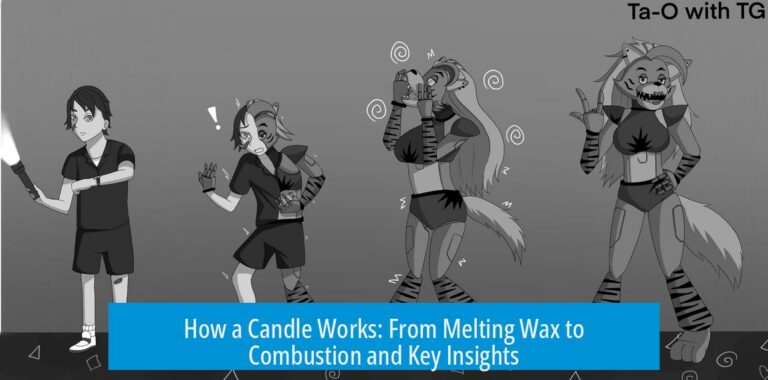How Does the Wobble Hypothesis Link to the Degeneracy of the Genetic Code?

The wobble hypothesis links directly to the degeneracy of the genetic code by explaining how one tRNA anticodon can recognize multiple codons that differ in their third base, allowing multiple codons to encode the same amino acid. This flexibility reduces the number of tRNAs needed and ensures accurate protein synthesis despite genetic variation.
Wobble Pairing: Mechanism and Role
The wobble hypothesis arises from the observation that the third base of a codon — known as the wobble position — allows non-standard base pairing. A single tRNA with one specific anticodon can bind to two or more codons differing only at this position. This occurs because the genetic code’s third base can tolerate variations without changing the amino acid specified.
- Each tRNA carries a particular amino acid and has an anticodon that pairs with mRNA codons.
- At the wobble site, the anticodon’s base forms loose pairing, allowing recognition of codons with different third nucleotides.
- This reduces the overall number of distinct tRNAs required for translation.
Degeneracy of the Genetic Code Explained
The genetic code is called degenerate because a single amino acid can be specified by multiple codons. This redundancy mainly involves variation at the third nucleotide of the codon.
| Amino Acid | Multiple Codons | Example Codons |
|---|---|---|
| Leucine | 6 | CUU, CUA, CUG, CUC, UUA, UUG |
| Alanine | 4 | GCU, GCC, GCA, GCG |
| Serine | 6 | UCU, UCC, UCA, UCG, AGU, AGC |
This degeneracy offers resilience to mutations. Changes in the wobble position often do not alter the amino acid, leading to silent mutations that do not affect protein function.
Connecting Wobble and Degeneracy
The wobble hypothesis provides a molecular explanation for the degeneracy of the genetic code. Because wobble pairing allows one anticodon to pair with multiple codons, fewer tRNAs suffice for reading all codons encoding the same amino acid.
It also underpins why mutations in the wobble position might be silent. Since the amino acid remains unchanged despite the nucleotide variation, the genetic code shows robustness against mutations at the third base.
Implications for Translation and Genetics
- Wobble pairing ensures efficient and accurate translation with a limited tRNA pool.
- It explains genetic code redundancy and patterns of codon usage in different organisms.
- Understanding wobble helps interpret mutation effects, especially silent mutations in molecular genetics.
Key Takeaways
- The wobble hypothesis explains how one tRNA anticodon can bind multiple codons differing at the third base.
- This flexibility directly relates to the degeneracy of the genetic code, where multiple codons encode the same amino acid.
- Wobble pairing reduces required tRNA diversity and supports silent mutations at the wobble site.
- The genetic code’s robustness to mutation often results from wobble-based degeneracy.
What is the wobble hypothesis and how does it affect codon-anticodon pairing?
The wobble hypothesis states that the third base of a codon can pair less strictly with the anticodon of tRNA. This flexibility allows one tRNA to recognize multiple codons that differ in their third base.
How does the wobble hypothesis explain the degeneracy of the genetic code?
The wobble at the third codon position lets multiple codons code for the same amino acid. This matches the degeneracy, where one amino acid is encoded by more than one codon, showing a direct connection.
Why does wobble pairing reduce the number of tRNAs needed in the cell?
Because one tRNA can bind to different codons due to wobble, fewer tRNAs are required to cover all codons. This efficiency helps ribosomes translate proteins without needing a unique tRNA for each codon.
How does wobble pairing relate to silent mutations?
Silent mutations occur when a change happens in the wobble base but does not alter the amino acid produced. This happens because wobble allows multiple codons to specify the same amino acid despite nucleotide changes.
Can wobble pairing impact protein synthesis accuracy?
Wobble ensures accurate protein synthesis by allowing flexible codon recognition without changing the amino acid sequence. It balances fidelity with the genetic code’s degeneracy, maintaining proper translation.





Leave a Comment